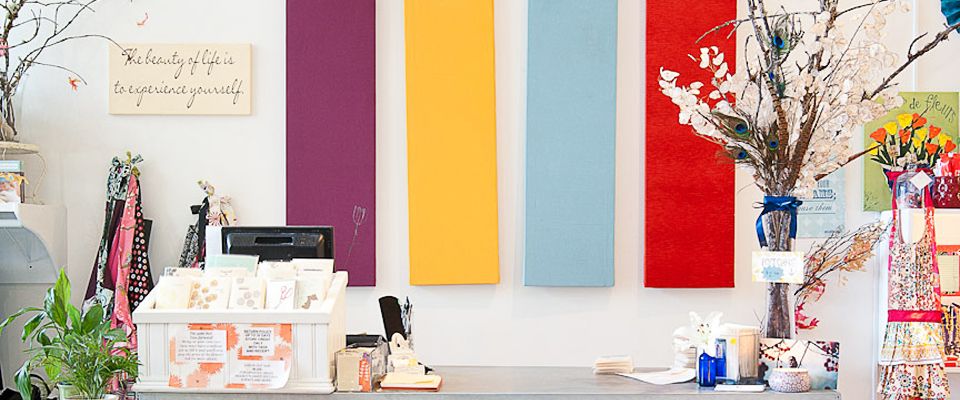During my adventure in Japan, I traveled to and from places by taxi, metro, ferry, train and the Shinkansen (Japanese Bullet Train). Unlike the states, I found the public transportation clean, efficient and plush. Stations were full of people briskly walking to there destination and people waiting politely in line. I spent some time waiting for my trains to arrive and explored the many kiosks selling bento boxes, treats, papers, magazines and many other things. My exploration brought back memories from my NYC Subway Musicians Project. As I sat waiting for my train to arrive, I watched a women work at her kiosk with such poise. I snapped a couple of shots of her and wondered what her story was. I would love to go back to Japan and create a project that tells the story of these kiosk workers.
Tuesday, June 28, 2011
Friday, June 24, 2011
Aoi Festival - Kyoto, Japan
Out of pure luck I was in Kyoto on a special day - May 15th. This day is a celebration of the Aoi Festival. The whole city was filled with people squeezing into ever crevice along the parade route. Temporarily I left my travel buddies to find the perfect position. I squeezed and shimmied my way through the crowd, got yelled at by some kyoto policemen for standing in the street, climbed up a wall but it was all worth it. I took my professors advice whenever I was yelled at, "Smile, wave and pretend like you don't understand." (which actually wasn't that far off from the truth, being that everyone was talking in Japanese). Above are some photos from the parade. The top shows the parade line exiting the Imperial Gates.
Some Info about the Aoi Festival
The Aoi festival also known as the Kamo festival, is held at both the Kamigamo and Shimogamo Shrine. The origin of the festival dates back to the time of the Kinmei Emperor (approximately 1400 years ago). The grain at the time was not ripening, and this was seen as a curse from the Kamo-god. A horse was made to run with bells attached, and an abundant harvest resulted. This tradition continued unbroken, and came to be celebrated on a grand scale from the Fujiwara era.
The name of the Aoi Festival originated from the tradition of offering geraniums (aoi) to the gods, and decorating the temple, attendees and ox carriages with geranium leaves. Wearing elegant costumes of the Ocho era, the refined charm of the envoy and public servants parading through the city represents old-style Kyoto.
Wednesday, June 8, 2011
Tenryu-ji Zen Temple
Entering the grounds along a gravel path, I discovered myself walking past small enclosed gardens with places of worship inside. While many rushed by these small enclosure and onto the main attraction, I took a moment to explore. However, it was just a brief moment compared to what I wished I had time for. The enclosures were all unique, some filled with alters of worship, others with statues of Buddhas and some containing pieces of paper fortunes.
Friday, June 3, 2011
Shioir Pond at Hama-rikyu Gardens
Shioir Pond, Hama-rikyu Gardens is a public park in Chuo, Tokyo, Japan. Located on the Sumida river the Gardens were opened April 1st, 1946. The Park was remodeled as a public garden n the site of a villa of the Shogun Tokugawa family in the 17th century.
Subscribe to:
Posts (Atom)











